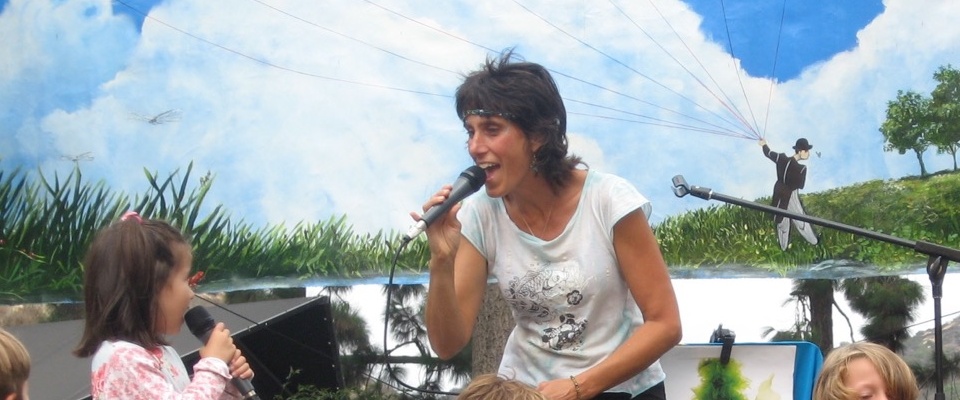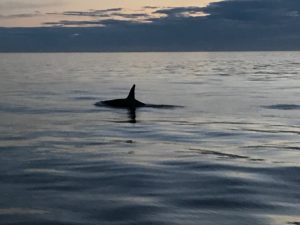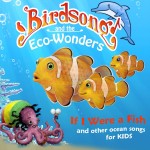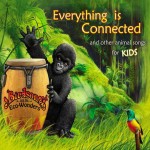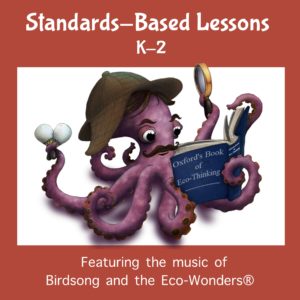Marine Mammals
Why do Gray Whale Mothers and Calves Swim so Close to Shore?
Mother Gray Whale and Calf – Photo courtesy of Guy Loucks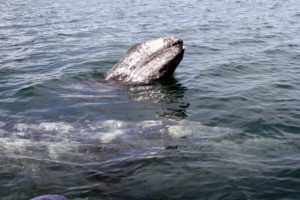
Dear Whale Lovers,
It’s a long migration from the gray whale breeding lagoons of Baja, Mexico to the cold seas of Alaska. So why do we often see mother gray whales and their babies taking time out to swim toward the shore and even stop to frolick in the surf? Here are the reasons that some whale experts have suggested:
Read More
Watch a Gray Whale Mother and Calf on their Long Migration. Baby wants to play!
This gray whale mother is on a mission – to get her and her calf to their summer feeding grounds in the cold Arctic seas above Alaska.
Read More
Rare Footage of a Blue Whale Feeding!
Dear Whale-Curious Friends,
It’s remarkable! The largest animal in the world feeds on one of the ocean’s smallest creatures.
Read More
Lyrics for “Viva la Vaquita” – a song about the endangered vaquita porpoise
Hello My Ocean-Loving Friends.
My producer Jim Coffey and I are now in the final stages of producing “Viva la Vaquita”, my new kids’ song about the most endangered ocean mammal in the world. Here are the lyrics.
Read More
Birdsong meets Eastern Tropical Pacific killer whales!
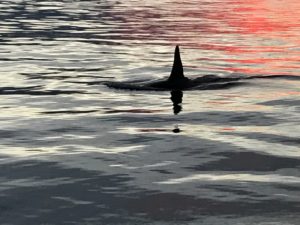
Dear Friends,
I saw orcas off the coast of Newport Beach, CA (USA) on January 7th! They were a rarely seen pod of Eastern Tropical Pacific killer whales, including 1 large male and 1 calf. Thanks to the Gray Whale Census Team and Alisa Schulman-Janiger for first spotting them from land at Palos Verdes while counting gray whales. Thank you also to my employer, Capt. Dave’s Dolphin Safari, for bringing us to the whales. I’ve included my photos of these beautiful creatures, taken at sunset. The tall, distinctive dorsal fin in the top photo is that of the male orca.
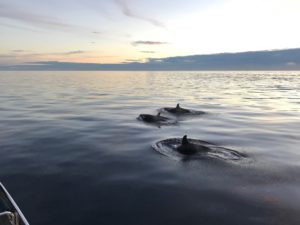
These types of killer whales, identified by their darker saddle area behind the dorsal fin, are usually seen from south of San Diego to Central Amercia. Because they are rarely seen, we don’t know much about them yet. It was a very fortunate sighting, indeed.
Check out the drone footage of these orcas taken by Newport Coastal Adventure at: Newport Coastal Adventure/YouTube and read more about this killer whale visit at: OC Register On-line. You can also hear my song about another type of orca, called Southern Resident Killer Whales, in my previous blog post. Sightings such as these and the opportunity to teach about cetaceans are two of the many reasons why I love my job as First Mate and Naturalist.
Glad to be singing on the sea,
Birdsong
In Memory of Orcas: Kids song video about Southern Resident Killer Whales
Dear Friends,
A few years ago, I wrote this song, “Orcas”, as a celebration of the Southern Resident Killer Whales. Today I am re-posting this music video in memory of Granny (J-2), Doublestuf (J-34), Polaris (J-28), Rhapsody (J-32) and the other endangered SRKWs who have died since I released this song. May their beautiful spirits continue to teach us and inspire us to protect their remaining family members. Thank you for watching.
With love,
Birdsong
Learn about this magnificent marine mammal – Humpback Whale Video and Song for Kids
Hello my cetacean-loving friends.
As a “singing crew member” on Capt. Dave’s Dolphin and Whale Safari, I have had the privilege of spotting numerous humpback whales and observing their feeding and acrobatic behaviors. Watch this fun adventure video by “All Things Animal TV” to learn about this magnificent creature and listen to my “Humpback Whale Song” for kids to hear some male humpback whales singing. I could listen to their songs everyday 
Your singing cetacean naturalist and friend,
Birdsong
MORE HUMPBACK WHALE VIDEOS:
Download Coloring Books and Learn about the Vaquita porpoise, the most endangered marine mammal in the world | Download Coloring Books
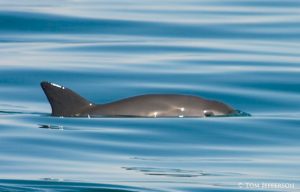
Vaquita in the northern Gulf of California, Baja, Mexico
Dear Friends,
In my training as a cetacean Naturalist, I began learning about the endangered Vaquita, the smallest of the porpoises and the smallest of all the cetaceans (Cetaceans are the whales, dolphins and porpoises). The vaquita porpoise is considered by many to be the rarest and most-endangered species of marine mammal in the world. It is estimated that there are only 70 or so vaquitas remaining. They all live in the Gulf of California, which is in Baja, Mexico.
The more I learn about the vaquita porpoise, the more I want to write a song that honors them and brings awareness to their critical situation. In fact, later today I will be speaking with two experts on the vaquita in order to learn more about this beautiful porpoise. I find that talking to an expert who is passionate about a given animal helps me to create a song that is accurate, believable and heart-felt.
Sing “Migration” as we meet the baby gray whales in San Ignacio Lagoon!
Dear Friends,
Great news! My whale watch captain friends tell me that there have been sightings of more than 800 calves of Eastern Gray Whales (aka the California Gray Whales) this season. This means the population of this once-critically endangered animal continues to grow strong! Celebrate Gray Whale migration season with me by immersing yourself in this fun and moving music video about our gray whale encounters in Baja, Mexico as well as by watching the videos listed below.
Read More


